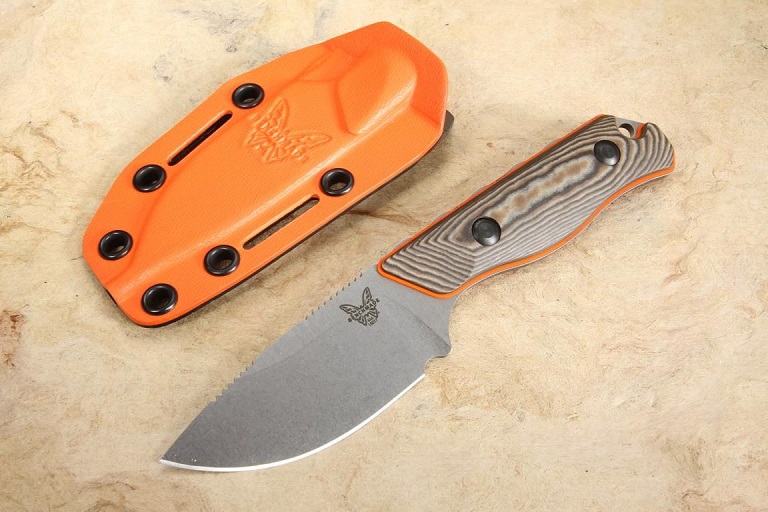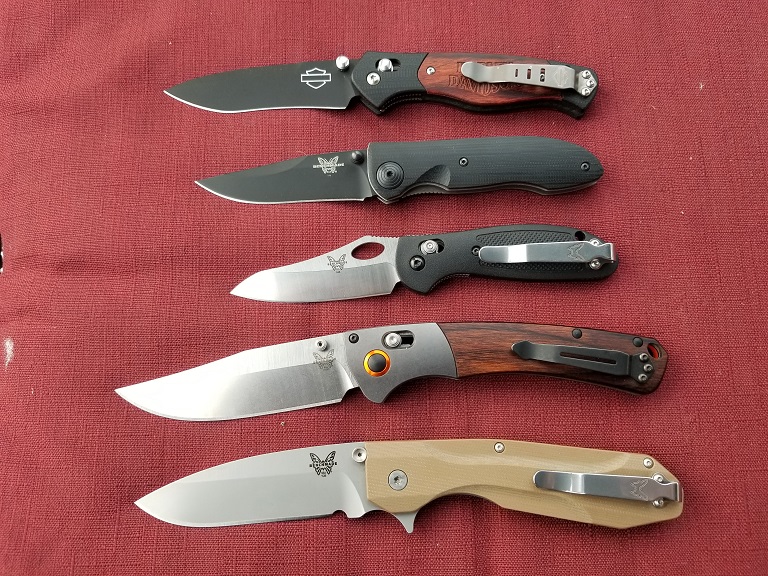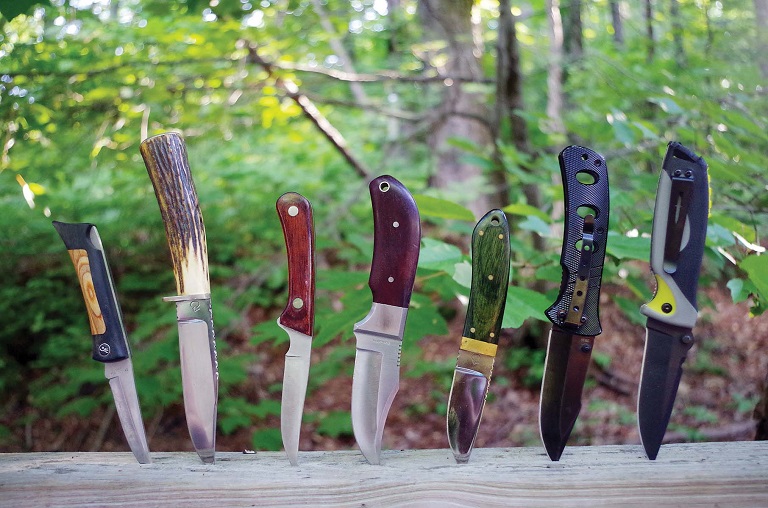For most experienced hunters, male and female, their introduction to the great outdoors began with the gift of a knife – either a brand new one, or the passing down of one that’d been in the family for generations.
The largely unassuming, but profoundly symbolic ritual of “passing the steel” is about much more than handing over a knife, though.
It’s the bestowing of a lifelong trust and sense of responsibility to a young person that can only be invoked through an instrument that’s rooted in nature. If you’re someone who enjoys being outdoors, the thrill of hunting, and is looking for an instrument to pass down that embodies those values, a knife will do it. Plus, it’s a tool that you can faithfully use until it’s your turn to pass the steel.
The right knife

In two major respects, knives are absolutely no different from every other hand tool: having the right one for the job at hand will make that job infinitely easier, and with proper care, it can be expected to last for generations. That’s why it’s so important when you’re shopping for the right hunting knife not to lose sight of precisely what you’ll be using it for. Quality-wise, don’t be under any illusions about getting exactly what you pay for.
It probably doesn’t come as any surprise here that with the exception of culinary cutlery, blatantly offensive weapons, and a mixed smattering of utility knives, that all other knives tend to be broadly regarded as hunting knives. Comparatively speaking, that may be a perfectly acceptable assessment for a layman, but for a hunter or outdoors person, nothing could be further from the truth.
Ideally, selecting the right knife –the right hunting knife – literally requires cutting through (no pun intended) the inclination to lump most bladed instruments together, and to ask the important questions:
- Are you going to use it exclusively for dressing and quartering game on a hunt. And if so, what sized game?
- Are you going to use it for cutting or trimming firewood and whittling on branches afterward?
- After the game’s been cleaned and the firewood’s cut, are you also going to use it to adjust the scope on your rifle or cut rope to secure the sectioned game to your vehicle?
Top quality knife manufacturers have wide assortments to choose from, and can even help you assess your needs. Regardless of whether you need a tough, bone cutting grizsaw, a proper pig-sticking blade, or a handy little skinner, you can rest assured that they’ll have it.
And what about the hunter?

There are also questions that relate directly to you, the hunter, that address the more practical considerations of selecting a knife.
- What size knife do you really need?
Knife lengths vary according to the size of the game you’re hunting, and the biggest, most intimidating knife isn’t always the best one. Skinning small game with an 11cm blade (or larger) will very likely leave you as cut up as the game itself, so you want to avoid knives that are larger than what you’d need.
- Do you prefer a fixed or folding knife?
Folding knives fit neatly in pockets and out of the way. It makes them easier to take hunting but moving parts are still moving parts, and problems do occur. Fixed blades are sturdier, easier to deploy, and easier to clean – especially after you’ve dressed your game – and they work every time.
- What kind of handle do you want?
Handles are available in everything, from bone and wood, right up to ergonomic thermoplastics. A sleek, good-looking handle speaks for itself, but you want one that you can actually hold onto without harming yourself, preferably with a finger guard. Handles get messy too when dressing game, so one that cleans up as well as it fits and feels is the best.
All things considered, what’ll qualify as the right knife is the knife that best fits what you need it to do, whenever you need to do it, and there’s no right or wrong answer to that. Plus, there’s one final concern that gets straight to the point (literally) of every knife,the blade, and just like the other parts of a knife, will be defined by how they’re used.
The business end
There are three main styles of hunting blades all made from strong, high carbon or stainless steel, that hold their edges and sharpen easily.
- Drop point blades
These blades are thick, have a slight curve on the point that essentially drops off at the spine, and are excellent processing blades because of their strength. They do it all, and are capable of substituting for much heavier bladed instruments when needed.
- Clip point blades
These all-purpose, most folding blades are generally thin, flat and end in a more acute point. Although they can be used as dressing and cleaning blades, they’re better suited for campsite tasks other than processing game.
- Trailing point blades
Trailing point blades, shaped like a typical butcher’s knife, fall between drop point and clip point blades in that the rear edge of the blade curves upward, making them ideal for skinning and slicing.
Features like hooks and serrated edges can also accompany these styles. Again, this illustrates how even the design of the blade will be determined by how it’ll be used.

The conclusion
At the end of the day, it’s easy to see how a high-quality hunting knife is so much more than just a sharp-point instrument. They’re tools that are designed to serve specific purposes – and done so in the same manner that’s been done for thousands of years. When taken into perspective, it’s perfectly understandable why hunters normally bring more than one knife with them when they go hunting – along with why so many knife collections routinely contain hundreds of knives, with each capable of performing a unique function.
Before you go on your next hunting excursion, take stock of the knife (or knives) you’re taking along, and if you recognize the need to add a complement or replace it with a more specialized blade, then don’t hesitate to do it. And when it’s your turn to pass the steel, you’ll know that you’ve passed on a gift that can also be expected to stand the test of time.

